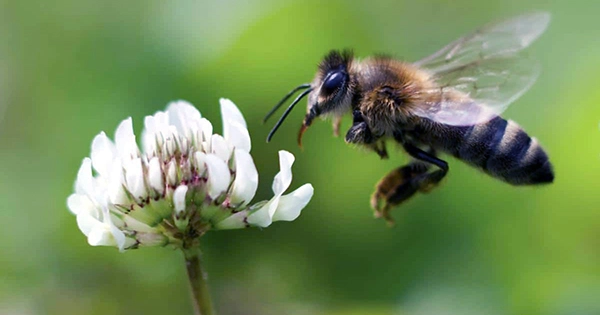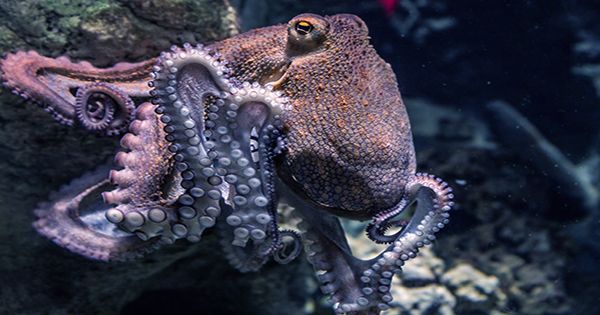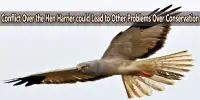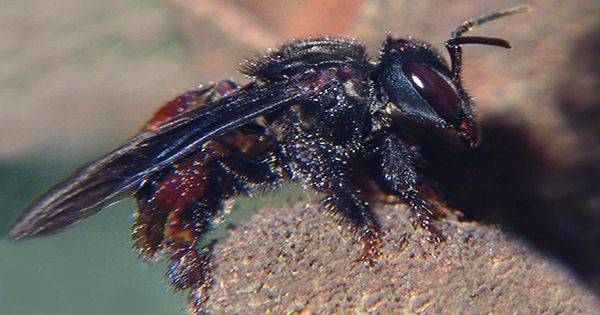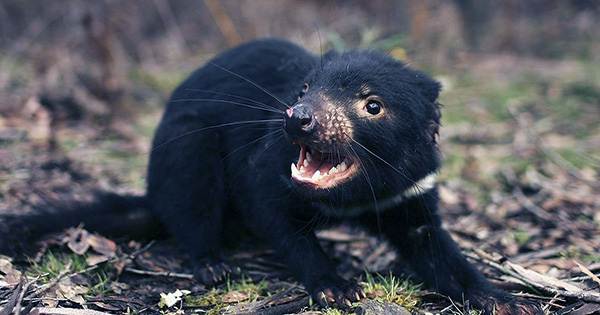For the first time, a nonhuman animal has been discovered to be capable of distinguishing between odd and even numbers, even when they had never seen such numbers before. Honeybees, with brains comprising just a hundredth as many neurons as ours, are the masters of this astounding feat of abstract mathematics. The terms “odd” and “even” numbers are so often used in culture that they have become synonymous with “abnormal” and “balanced,” respectively. When counting the quantity of anything, we prefer to use two, four, six, and eight instead of one — but is this a particularly human trait?
Although research into other species’ mathematical abilities has grown in popularity in recent decades, Dr. Scarlett Howard of Deakin University found no studies investigating whether animals understand the notion of odd and even numbers. Howard and co-authors have addressed this in Frontiers in Ecology and Evolution, beginning with tiny-brained organisms. Near the bee feeders, researchers set cards with various numbers of shapes.
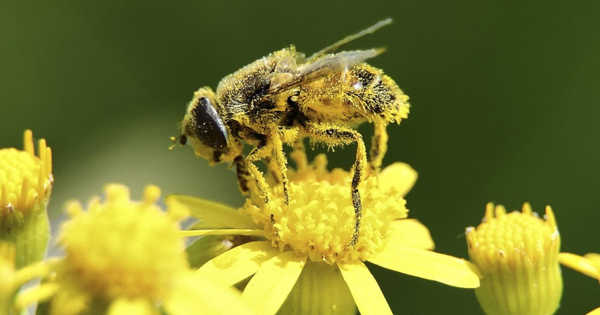
One group of bees was taught to link the numbers 2, 4, 6, and 8 with sugared water and the numbers 1, 3, 5, and 7 with quinine, which bees despise. The opposite was taught to a second group. Unfortunately, Howard told IFLScience that these insects were not dubbed “two bee” and “not two bee.” After the bees had proven their ability to pick the correct number the majority of the time, they were given the option of choosing between 11 and 12 form feeders.
The bees had never seen either number on a card before. Those who were trained to link even numbers with reward flocked to the 12-shape feeder, whereas those who were taught to favor odd numbers flocked to the 11-shape feeder. Although neither group completed the tasks with 100% accuracy, success rates of roughly 70% were statistically significant. The crew, according to Howard, has no idea how the bees are doing it. Perhaps, like a dinner party host, they’re putting all the shapes together and seeing whether any are left over. Alternatively, despite prior debates over whether bees can count past four, they might be dividing by two or just counting and classifying the numbers.
It’s also unclear whether the talent has any evolutionary value. “We believed it could have something to do with the number of petals,” Howard said to IFLScience. Odd and even petal counts may be another method bees recognize flowers (along with color and scent) that help them identify or transmit the greatest food sources to their hive members. Alternatively, they might be the first bees to employ this ability, demonstrating their ability to learn quickly. The findings generate enough queries to fill a hive. Howard told IFLScience that she thinks the findings would encourage other scientists to investigate comparable abilities in vertebrates. “I’d want to see how high [bees] can fly,” she continued.
Seeing if they can tell the difference between 40 and 41, for example, might reveal how they categorize lower numbers. The authors constructed a neural network capable of recognizing even and odd numbers with just five neurons, inspired by the capabilities of bees with just 960,000 neurons. They expect that this will lead to more efficient processing methods with less computational resources.
The most essential part of the investigation, like prior research demonstrating bees can interpret zero as a number, might be to give light on a conundrum Howard characterizes as “Did humans find mathematics or did we invent it?” The fact that bees trained to prefer odd numbers learnt quicker than those trained to prefer even numbers is particularly perplexing. Humans, on the other hand, have been demonstrated to be faster at identifying numbers as even rather than odd. The article considers several hypotheses, although everything is still theoretical at this point.
